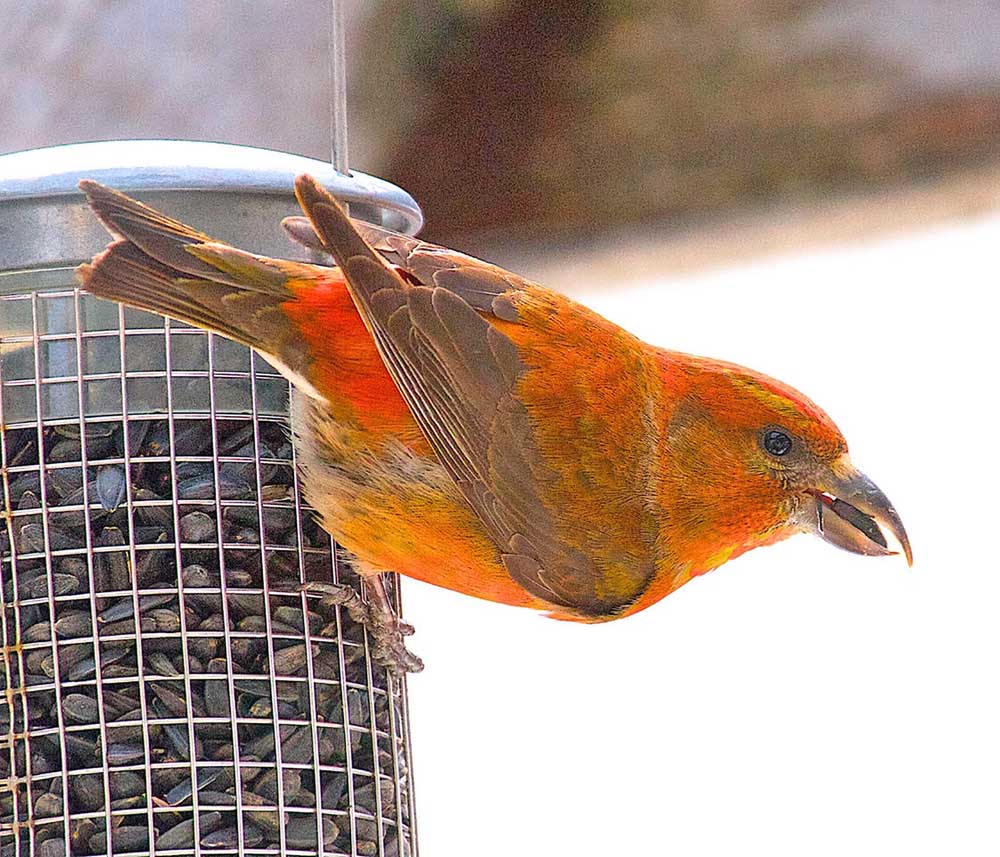Birding: What’s in a bird’s name?
Published 8:55 am Friday, August 16, 2019

- Male red crossbill.
Some birds are named for the scientist or person who first discovered them. Others are named for a friend or colleague of the person who discovered the species, while others are named for their characteristics or appearance. There may be other reasons for how/why a bird was so named, but today I am writing about one bird species whose name comes from its appearance, namely the crossbill.
“Crossbills are named for their distinctive bills in which the tips of the upper and lower mandibles cross over each other, enabling the birds to pry open conifer cones to get at the seeds inside,” according to Shewey and Blount, 2018.
Lately, the bird bath and black oilseed feeder have been inundated with red crossbills. Red crossbills are considered common in Pacific County, but are considered uncommon on the Long Beach Peninsula in summer and rare during the other seasons. Most of the scientific literature indicates that this species is nomadic in the Pacific Northwest. Red crossbills are known to follow the cone crops. Thus, in a year when the cone crop is poor on the Peninsula we may see very few red crossbills. In fact, a Canadian scientist publishes a yearly forecast on the abundance of cone crops. Based on this knowledge it’s possible to predict where one might expect to see winter finches, including the red crossbill.
Red crossbills travel in flocks. Their preference is to feed in pine trees, but as is the case in our yard, they will also frequent bird baths and other water sources for water and minerals. In addition, they will come to feeders that contain small black oilseeds. One crossbill dined at the feeder, while seven others splashed together in the bird bath. Behavior wise, they are most considerate! I have yet to see them chase or glare at another species that was sharing a space in the bath or the feeder with them. Furthermore, Sibley (2014) indicates that red crossbills are attracted to salt such as that found on winter roads or at salt blocks put out for cattle or deer.
Red crossbills have a short tail, long pointed wings and a relatively large head. Males usually wear dull, dark red plumage that varies between orange and dark red or bright yellow to orangey-yellow. Their wings are dark. Females are rather yellowish-green and gray overall with plain dark wings. Juveniles sport a heavy pattern of narrow brown streaks on a pale tan body. They may show washes of yellow to red.
However, the most definitive ID characteristic is their distinctive bill. Look high in the pines, spruce, hemlock and Douglas fir. Look low at bird feeders and water sources, and always check for a bill with tips crossed. They are here right now! Watch for them!





